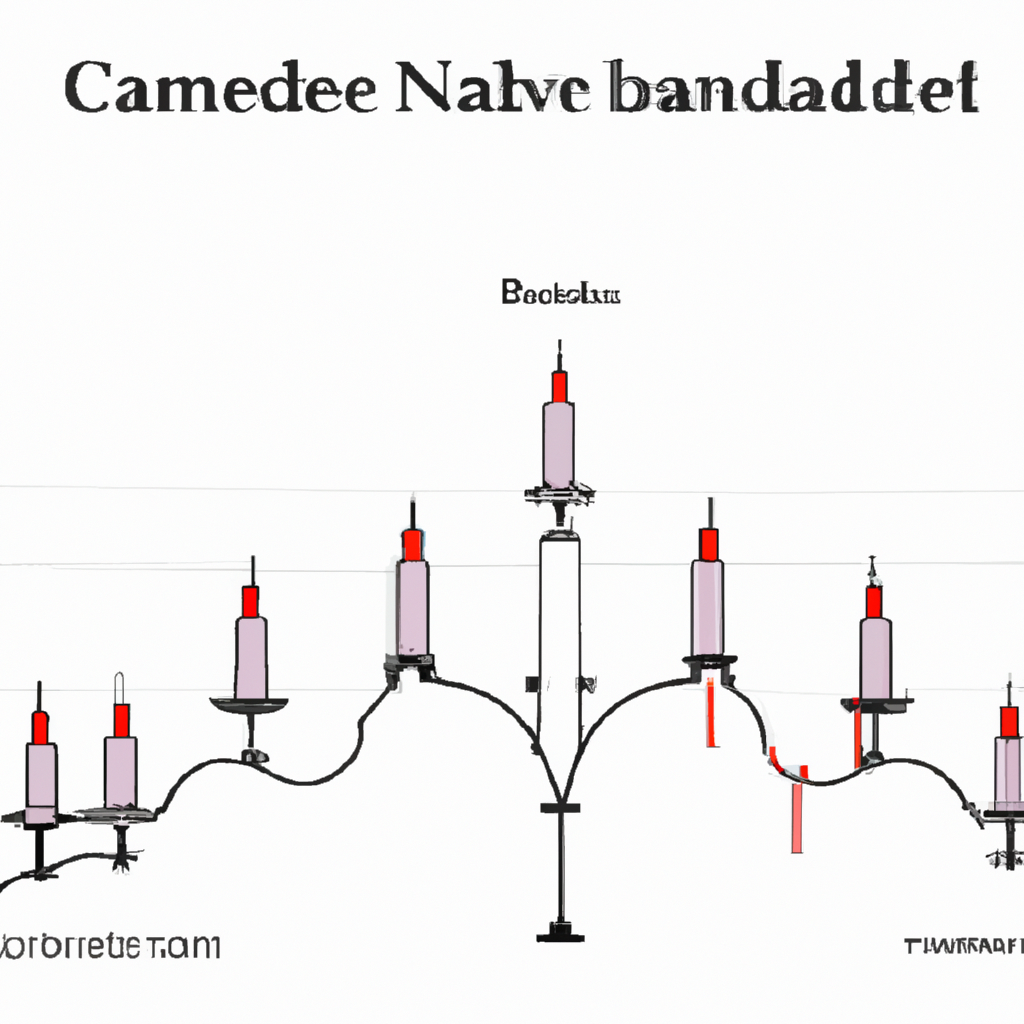
Candlestick Patterns Explained
Introduction
Candlestick patterns are a popular tool used by traders to analyze and predict market movements. These patterns, formed by the price action of an asset over a specific period of time, provide valuable insights into the psychology of market participants. Understanding candlestick patterns can help traders make more informed decisions and improve their trading strategies.
Basic Anatomy of a Candlestick
Before diving into specific candlestick patterns, it’s important to understand the basic components of a candlestick. A candlestick consists of four main parts:
1. Open: The opening price at the beginning of the time period.
2. Close: The closing price at the end of the time period.
3. High: The highest price reached during the time period.
4. Low: The lowest price reached during the time period.
The body of the candlestick represents the range between the open and close prices, while the wicks (also known as shadows) represent the range between the high/low and the open/close.
Common Candlestick Patterns
There are numerous candlestick patterns that traders use to identify potential trend reversals, continuations, or indecision in the market. Here are some of the most commonly observed patterns:
1. Doji: A doji occurs when the open and close prices are very close or equal, resulting in a small or non-existent body. It indicates indecision in the market and can signal a potential trend reversal.
2. Hammer: A hammer has a small body and a long lower wick, resembling a hammer. It often appears at the bottom of a downtrend and suggests a potential bullish reversal.
3. Shooting Star: The shooting star has a small body and a long upper wick, resembling a shooting star. It typically appears at the top of an uptrend and indicates a potential bearish reversal.
4. Engulfing Pattern: An engulfing pattern occurs when a larger candle completely engulfs the previous smaller candle. A bullish engulfing pattern suggests a potential trend reversal to the upside, while a bearish engulfing pattern suggests a potential trend reversal to the downside.
5. Morning Star: The morning star is a three-candle pattern that appears after a downtrend. It consists of a large bearish candle, followed by a small bullish or bearish candle, and finally a large bullish candle. It signals a potential trend reversal to the upside.
6. Evening Star: The evening star is the opposite of the morning star and appears after an uptrend. It consists of a large bullish candle, followed by a small bullish or bearish candle, and finally a large bearish candle. It signals a potential trend reversal to the downside.
Using Candlestick Patterns in Trading
To effectively use candlestick patterns in trading, it’s important to combine them with other technical analysis tools and indicators. Traders often look for confirmation from other signals, such as support and resistance levels, trendlines, or oscillators.
It’s also crucial to consider the timeframe being analyzed. Candlestick patterns may have different meanings and significance depending on whether you’re looking at a daily, hourly, or minute chart. Additionally, it’s essential to consider the overall market context and not rely solely on candlestick patterns for trading decisions.
Conclusion
Candlestick patterns are a powerful tool in a trader’s arsenal. By understanding and recognizing these patterns, traders can gain valuable insights into market sentiment and make more informed trading decisions. However, it’s important to remember that candlestick patterns should not be used in isolation but rather in conjunction with other technical analysis tools and indicators. With practice and experience, traders can harness the power of candlestick patterns to improve their trading strategies and achieve greater success in the markets.